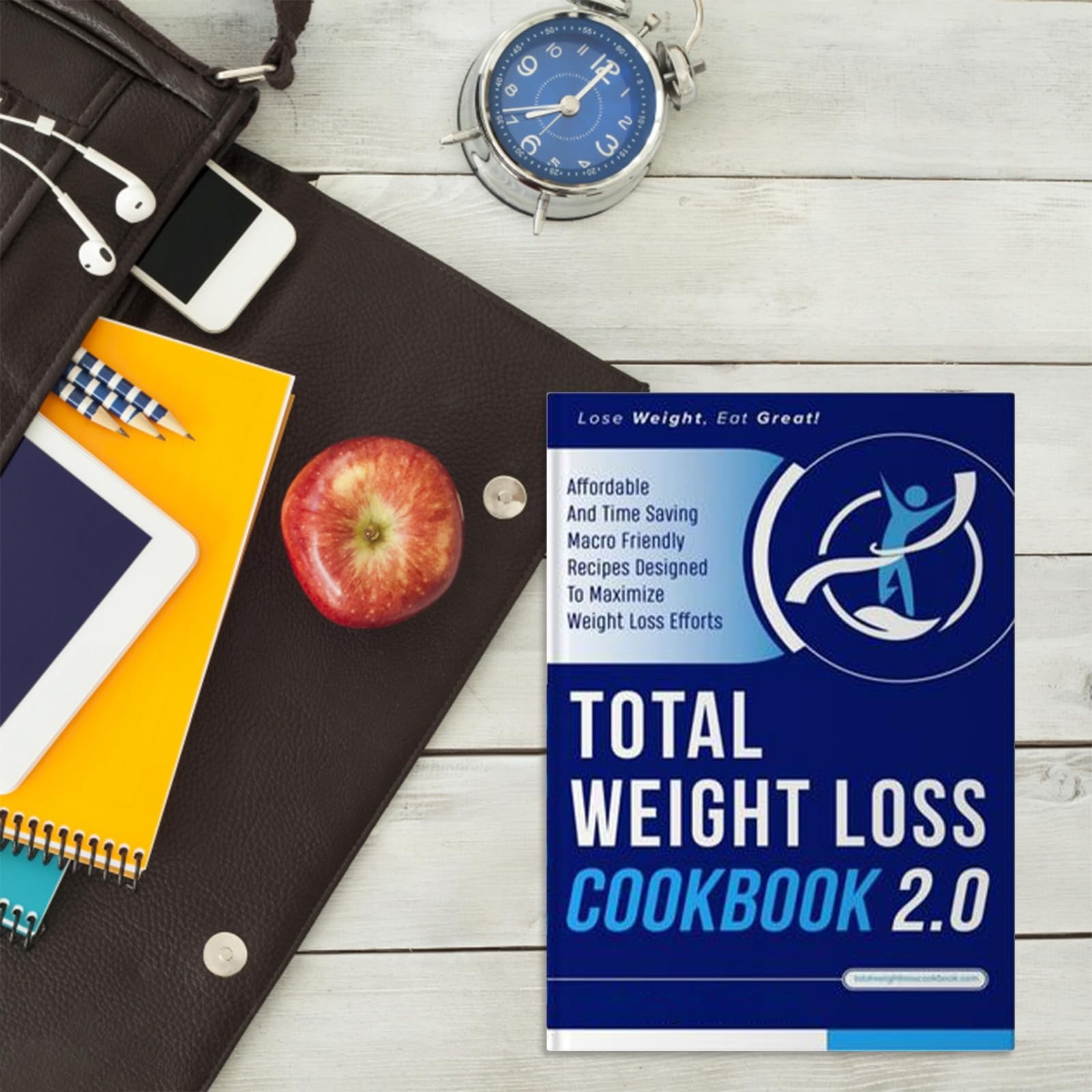“A Comprehensive Guide to a Healthy Weight Loss Plan
With great pleasure, we will delve into the fascinating topic of A Comprehensive Guide to a Healthy Weight Loss Plan. Come along as we weave together engaging insights and offer a fresh perspective to our readers.
About Video A Comprehensive Guide to a Healthy Weight Loss Plan
A Comprehensive Guide to a Healthy Weight Loss Plan

In today’s fast-paced world, maintaining a healthy weight can feel like an uphill battle. The abundance of processed foods, sedentary lifestyles, and constant exposure to tempting advertisements can make it challenging to stay on track. However, achieving a healthy weight is not just about aesthetics; it’s about overall well-being and reducing the risk of chronic diseases.
This comprehensive guide will walk you through the essential components of a healthy weight loss plan, providing practical tips and strategies to help you achieve your goals sustainably and safely.
Understanding Healthy Weight Loss
Before diving into the specifics of a weight loss plan, it’s crucial to understand what constitutes healthy weight loss. It’s not about quick fixes or drastic measures; it’s about making sustainable lifestyle changes that promote long-term health.
- Sustainable Rate: Aim for a gradual weight loss of 1-2 pounds per week. This rate allows your body to adjust and minimizes the risk of muscle loss and metabolic slowdown.
- Focus on Nutrition: Prioritize whole, unprocessed foods that nourish your body and provide essential nutrients.
- Incorporate Exercise: Regular physical activity is essential for burning calories, building muscle, and improving overall fitness.
- Prioritize Sleep: Adequate sleep is crucial for hormone regulation, metabolism, and overall well-being.
- Manage Stress: Chronic stress can lead to weight gain and hinder weight loss efforts. Find healthy ways to manage stress, such as meditation, yoga, or spending time in nature.
- Seek Professional Guidance: Consult a healthcare professional or registered dietitian for personalized advice and support.

Key Components of a Healthy Weight Loss Plan
A successful weight loss plan encompasses several key components that work together to promote sustainable results.
- Calorie Deficit:

To lose weight, you need to create a calorie deficit, meaning you burn more calories than you consume. This can be achieved through a combination of diet and exercise.
- Calculate Your Daily Calorie Needs: Use an online calculator or consult a professional to determine your daily calorie needs based on your age, sex, activity level, and weight loss goals.
- Track Your Calorie Intake: Use a food diary or app to track your daily calorie intake and ensure you’re staying within your target range.
- Reduce Calorie Intake Gradually: Avoid drastic calorie restriction, as it can lead to nutrient deficiencies and metabolic slowdown. Aim to reduce your calorie intake by 500-750 calories per day.

- Nutritious Diet:
A healthy diet is the cornerstone of any successful weight loss plan. Focus on consuming whole, unprocessed foods that provide essential nutrients and promote satiety.
- Prioritize Protein: Protein is essential for building and repairing tissues, as well as promoting satiety. Include lean protein sources in every meal, such as chicken, fish, beans, lentils, tofu, and Greek yogurt.
- Load Up on Fruits and Vegetables: Fruits and vegetables are low in calories and rich in vitamins, minerals, and fiber. Aim to fill half your plate with fruits and vegetables at every meal.
- Choose Whole Grains: Whole grains are a good source of fiber, which helps regulate blood sugar levels and promote satiety. Choose whole wheat bread, brown rice, quinoa, and oats over refined grains.
- Healthy Fats: Include healthy fats in your diet, such as avocados, nuts, seeds, and olive oil. Healthy fats are essential for hormone production, brain function, and overall health.
- Limit Processed Foods: Processed foods are often high in calories, sugar, and unhealthy fats. Limit your intake of processed foods, such as sugary drinks, fast food, and packaged snacks.
- Stay Hydrated: Drink plenty of water throughout the day to stay hydrated and help control hunger.
- Regular Exercise:
Exercise is an essential component of a healthy weight loss plan. It helps burn calories, build muscle, and improve overall fitness.
- Cardiovascular Exercise: Engage in at least 150 minutes of moderate-intensity cardiovascular exercise per week, such as brisk walking, jogging, swimming, or cycling.
- Strength Training: Incorporate strength training exercises at least two days per week to build muscle mass. Muscle tissue burns more calories at rest than fat tissue, which can help boost your metabolism.
- Find Activities You Enjoy: Choose activities you enjoy to make exercise more sustainable.
- Increase Intensity Gradually: Gradually increase the intensity and duration of your workouts as you get fitter.
- Adequate Sleep:
Sleep is often overlooked in weight loss plans, but it’s crucial for hormone regulation, metabolism, and overall well-being.
- Aim for 7-9 Hours of Sleep: Most adults need 7-9 hours of sleep per night.
- Establish a Regular Sleep Schedule: Go to bed and wake up at the same time each day, even on weekends, to regulate your body’s natural sleep-wake cycle.
- Create a Relaxing Bedtime Routine: Establish a relaxing bedtime routine to help you wind down before sleep, such as taking a warm bath, reading a book, or listening to calming music.
- Optimize Your Sleep Environment: Make sure your bedroom is dark, quiet, and cool.
- Stress Management:
Chronic stress can lead to weight gain and hinder weight loss efforts. Find healthy ways to manage stress, such as meditation, yoga, or spending time in nature.
- Identify Your Stressors: Identify the sources of stress in your life and find ways to minimize or eliminate them.
- Practice Relaxation Techniques: Practice relaxation techniques, such as deep breathing, meditation, or yoga, to help calm your mind and body.
- Engage in Hobbies: Engage in hobbies and activities you enjoy to help you relax and de-stress.
- Seek Social Support: Spend time with friends and family to help you feel supported and connected.
- Mindful Eating:
Mindful eating involves paying attention to your food and eating habits. It can help you become more aware of your hunger and fullness cues, and make healthier food choices.
- Eat Slowly: Eat slowly and savor each bite.
- Pay Attention to Hunger and Fullness Cues: Pay attention to your hunger and fullness cues and stop eating when you’re satisfied, not stuffed.
- Eliminate Distractions: Eliminate distractions while eating, such as watching TV or using your phone.
- Eat at a Table: Eat at a table instead of eating on the go.
- Hydration:
Drinking enough water is crucial for overall health and can also aid in weight loss.
- Drink Plenty of Water: Aim to drink at least 8 glasses of water per day.
- Carry a Water Bottle: Carry a water bottle with you throughout the day to make it easier to stay hydrated.
- Drink Water Before Meals: Drink a glass of water before meals to help you feel fuller.
Sample Meal Plan (1600 Calories)
Here’s a sample 1600-calorie meal plan to give you an idea of what a healthy weight loss diet might look like. Remember to adjust the portion sizes and food choices to fit your individual needs and preferences.
- Breakfast (350 calories): Oatmeal (1/2 cup dry) with berries (1/2 cup) and a handful of almonds (1/4 cup)
- Lunch (400 calories): Grilled chicken salad with mixed greens, vegetables (cucumber, bell peppers, tomatoes), and a light vinaigrette dressing (2 tablespoons)
- Snack (150 calories): Greek yogurt (1 cup) with a small piece of fruit (apple or orange)
- Dinner (500 calories): Baked salmon (4 oz) with steamed broccoli (1 cup) and quinoa (1/2 cup cooked)
- Evening Snack (200 calories): Cottage cheese (1/2 cup) with a few berries
Important Considerations
- Consult a Professional: Before starting any weight loss plan, consult a healthcare professional or registered dietitian, especially if you have any underlying health conditions.
- Be Patient: Weight loss takes time and effort. Be patient with yourself and don’t get discouraged if you don’t see results immediately.
- Track Your Progress: Track your progress by weighing yourself regularly, taking measurements, and keeping a food diary.
- Celebrate Your Successes: Celebrate your successes along the way to stay motivated.
- Adjust as Needed: Adjust your plan as needed based on your progress and how you’re feeling.
- Focus on Long-Term Health: Remember that the goal is to achieve sustainable weight loss and improve your overall health.
Conclusion
Losing weight healthily is a journey, not a race. By focusing on a balanced diet, regular exercise, adequate sleep, stress management, and mindful eating, you can achieve your weight loss goals sustainably and improve your overall health and well-being. Remember to consult with a healthcare professional or registered dietitian for personalized advice and support. With dedication and consistency, you can achieve your goals and live a healthier, happier life.

